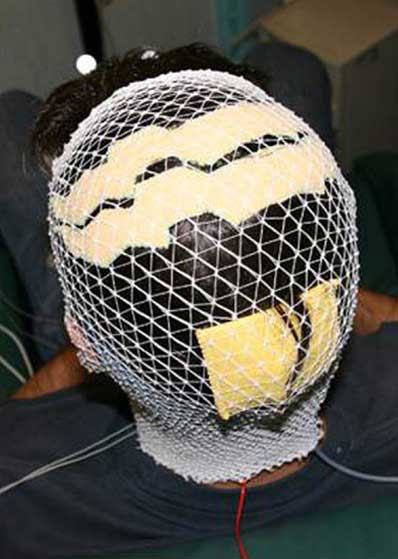Dr. Brent Williams of Speak Wisdom recently published an article, ‘Roadmap to tDCS Success’ which outlines his perspective on using tDCS. (Link at bottom to full article.)
This article is designed to provide a roadmap to successful and safe use of tDCS and so points to a number of references that should be reviewed before any attempt at using tDCS is made. If you will carefully examine the items listed below, you will be much better informed as you make decisions about tDCS and its appropriateness for you and your situation.
1. What is tDCS and How Does it Work?
If you want to understand tDCS and what it is all about, you have to dig a little.Start with the basics: http://speakwisdom.wordpress.com/2013/11/05/can-a-9-volt-battery-save-a-life-even-yours/
Please watch this video: Prof. Vince Clark from UC Davis tDCS Summit 2013: https://www.youtube.com/watch?v=dUMUIXNeBRQ
Then read this article (it’s a bit dense, but get what you can): Transcranial DC Stimulation by Dave Siever, CET: https://www.mindalive.com/1_0/article%2011.pdf
You should also review these safety standards: tDCS Safety Standards: http://speakwisdom.wordpress.com/2013/10/31/diy-tdcs-code-of-safety/

